Jones Hovercraft 2.0 Snowboard
$90.00
The Jones Hovercraft 2.0 Snowboard is an updated take on Jones’ much loved freeri…
| Size (cm) | 144 | 148 | 152 | 156 | 160 | 164 |
| Effective Edge (mm) | 1129 | 1161 | 1193 | 1225 | 1257 | 1289 |
| Tip Width (mm) | 297 | 302 | 206 | 311 | 316 | 321 |
| Waist Width (mm) | 251 | 255 | 259 | 263 | 267 | 271 |
| Tail Width (mm) | 280 | 285 | 289 | 294 | 299 | 304 |
| Sidecut Radius (m) | 8.1 | 8.4 | 8.7 | 9 | 9.3 | 9.6 |
| Stance Range (mm) | 530 | 540 | 560 | 580 | 600 | 600 |
| Rider Weight (lbs) | 90 – 10 | 90 – 140 | 110 – 160 | 130 – 180 | 160 – 210 | 170 – 220+ |
| Width | Regular | Regular | Regular | Regular | Regular | Regular |
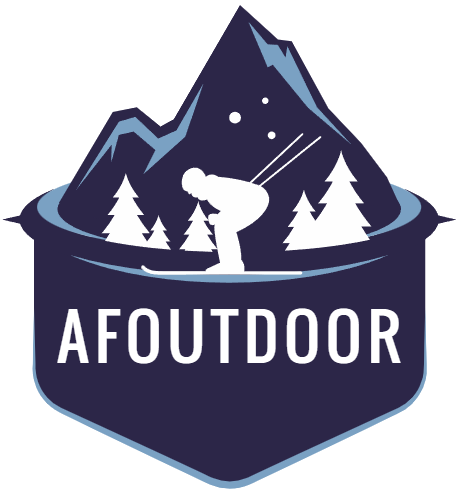
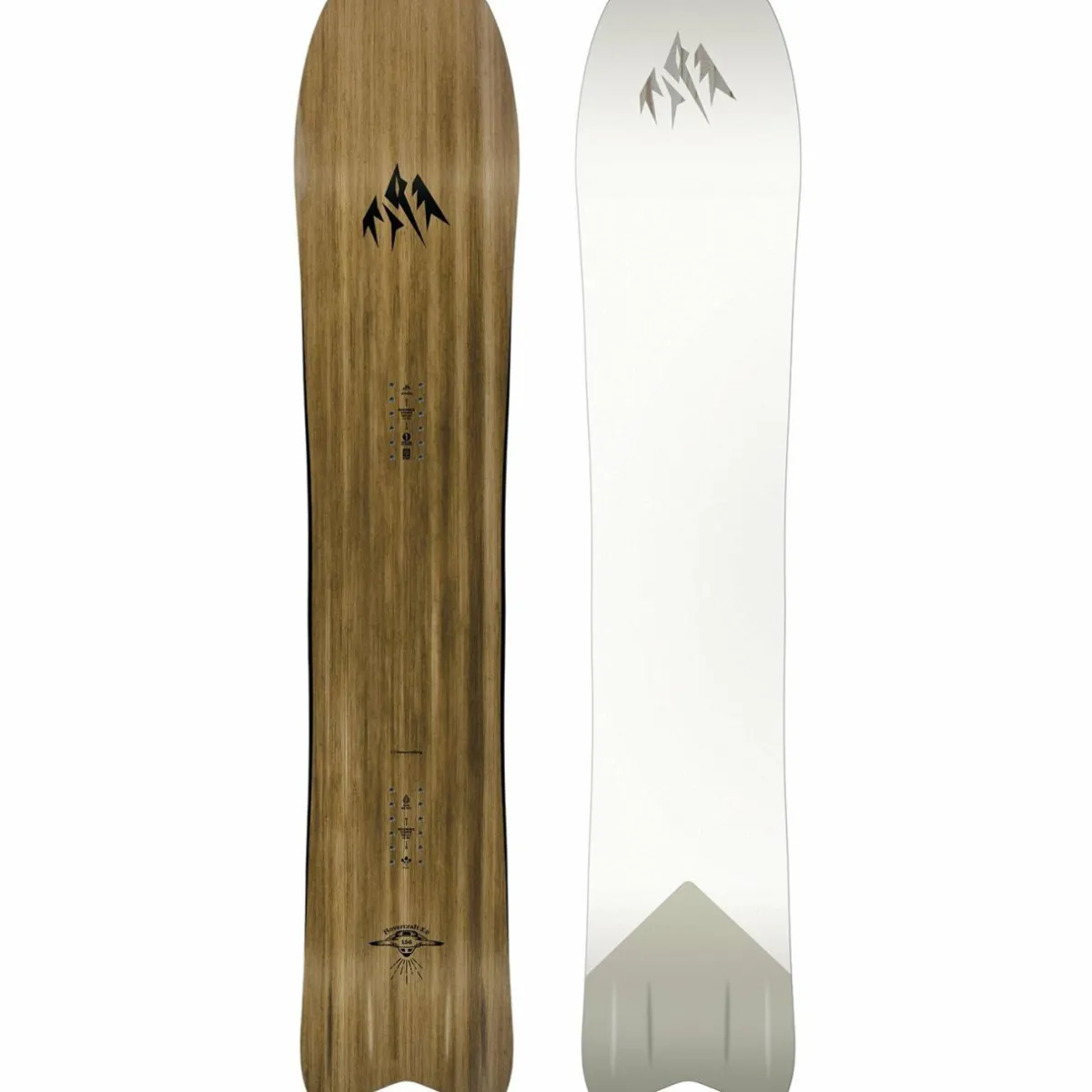

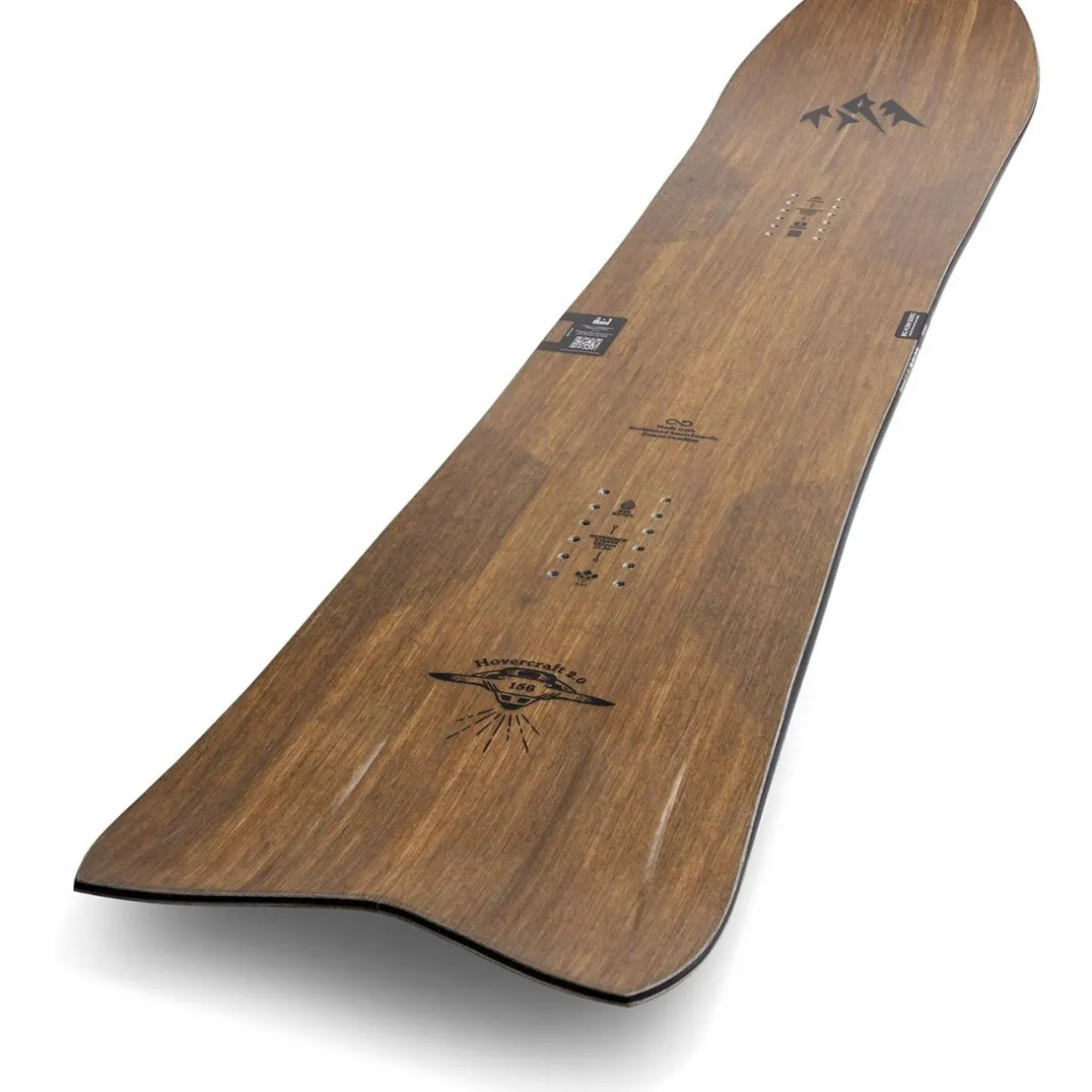
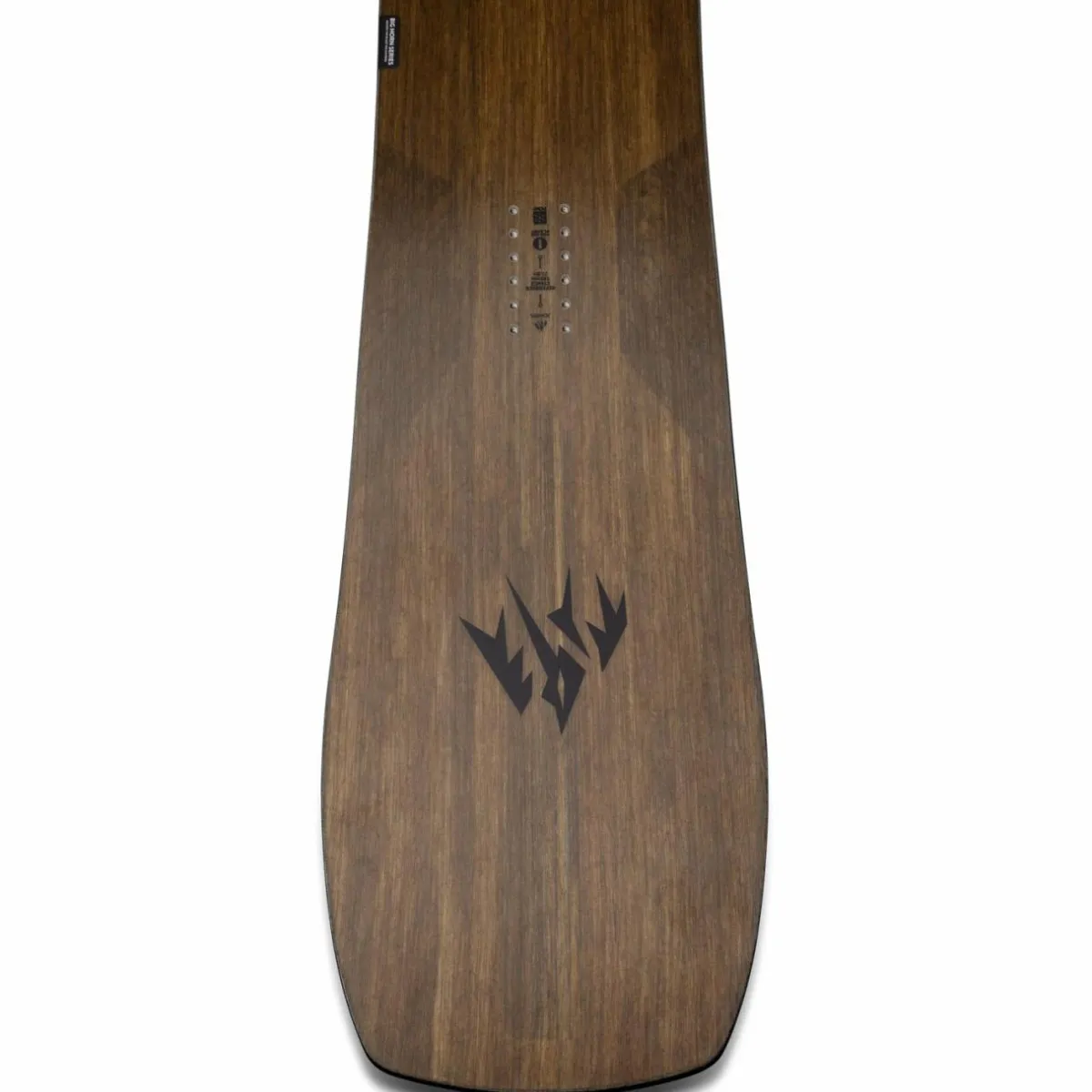
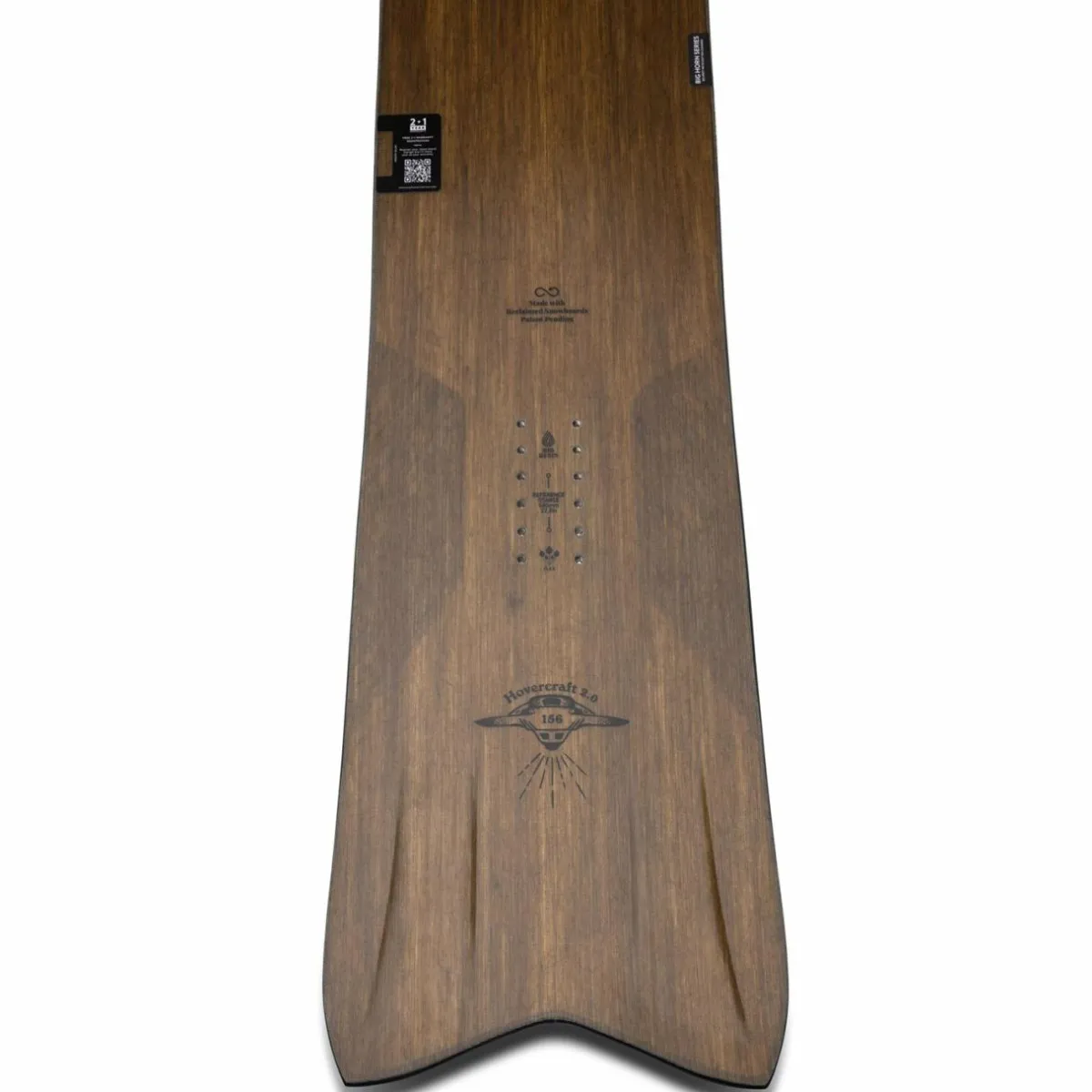
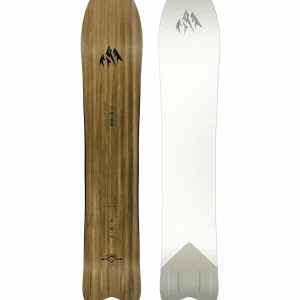
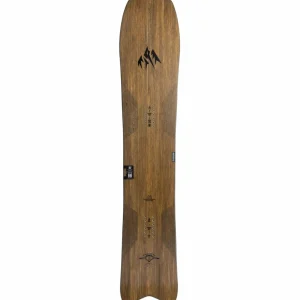
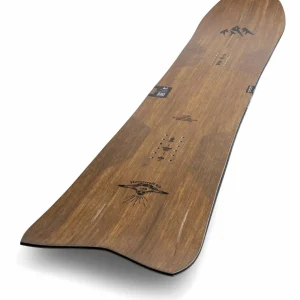
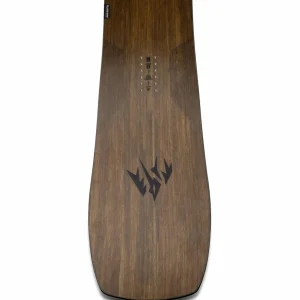
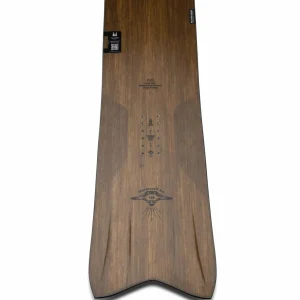
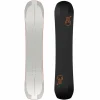
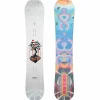
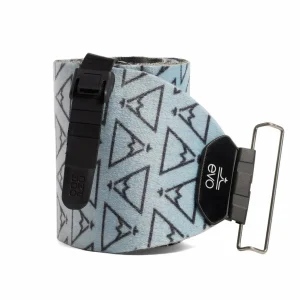
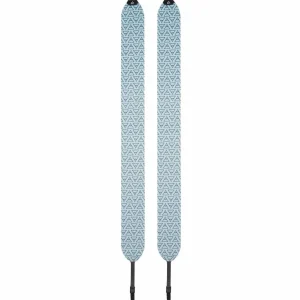
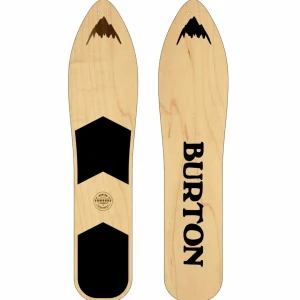
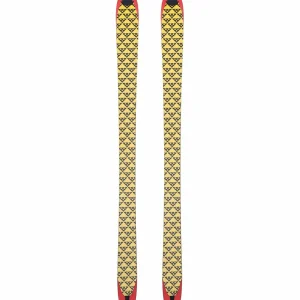
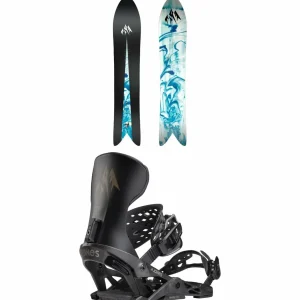
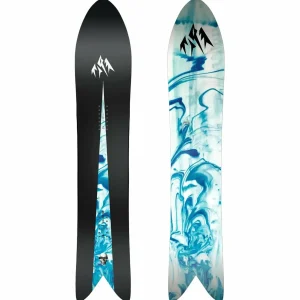
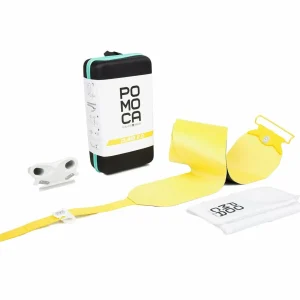
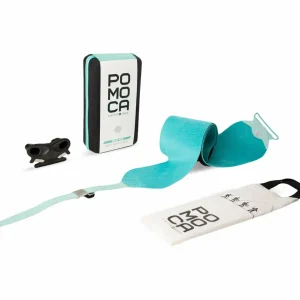
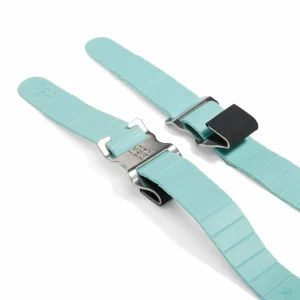
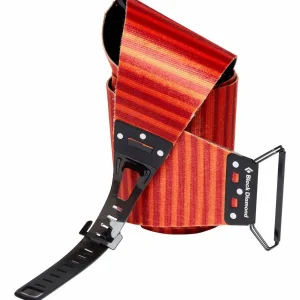
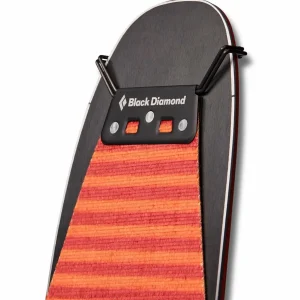
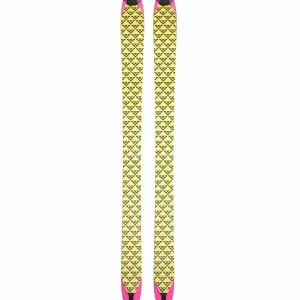
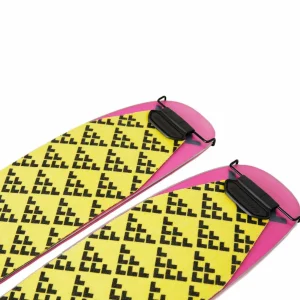
Reviews
There are no reviews yet.